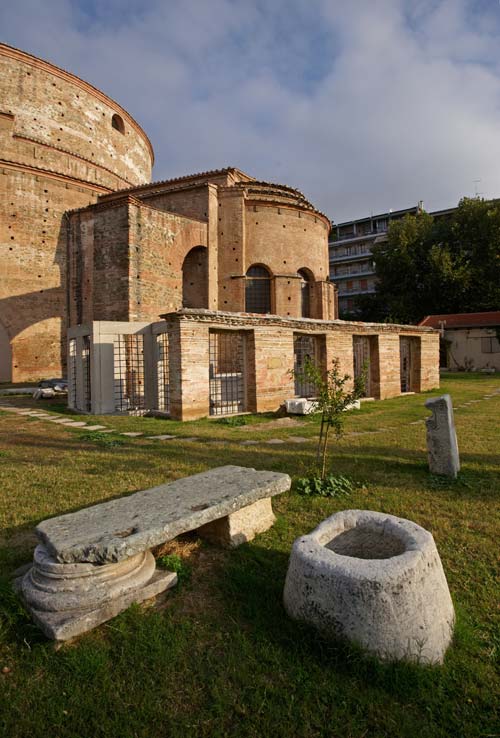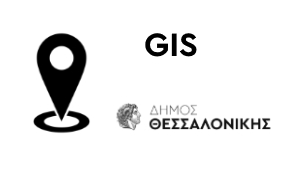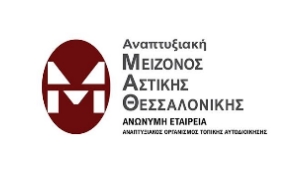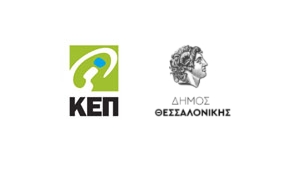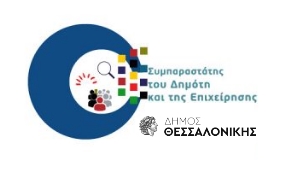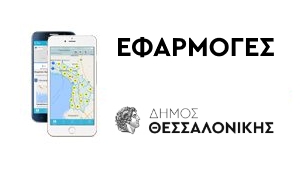Roman Period
The administrative organisation of the city during the Hellenistic era followed the model employed in other Greek cities. It retained a type of administrative autonomy after its conquest by the Romans, who contributed to its rapid growth.
The construction of Via Egnatia (146-120BC), connecting Dyrrachium to Evros, helped elevate Thessaloniki to a major commercial, cultural and military centre.
During his tenure as Caesar, Tetrarch Gaius Galerius Valerius Maximianus (250-311 AD) established his seat in Thessaloniki, constructing a magnificent palace, a hippodrome and a triumphal arch (Camara) and turning the city into capital of the Balkans.
Constantine the Great lived in Thessaloniki in 322-323, and his stay coincides with the implementation of large-scale works in the city, such as the port at its southwestern end. The 4th century was one of great changes for the city, characterised by the pre-eminence of Christianity, beginning around the visit of Paul the Apostle to the city, and marked at its end three centuries later, in 390, by the massacre of thousands of Thessalonians at the city hippodrome on the orders of Emperor Theodosius I.
By the end of the 5th century, the Roman city had been transformed into a centre of Christianity.

